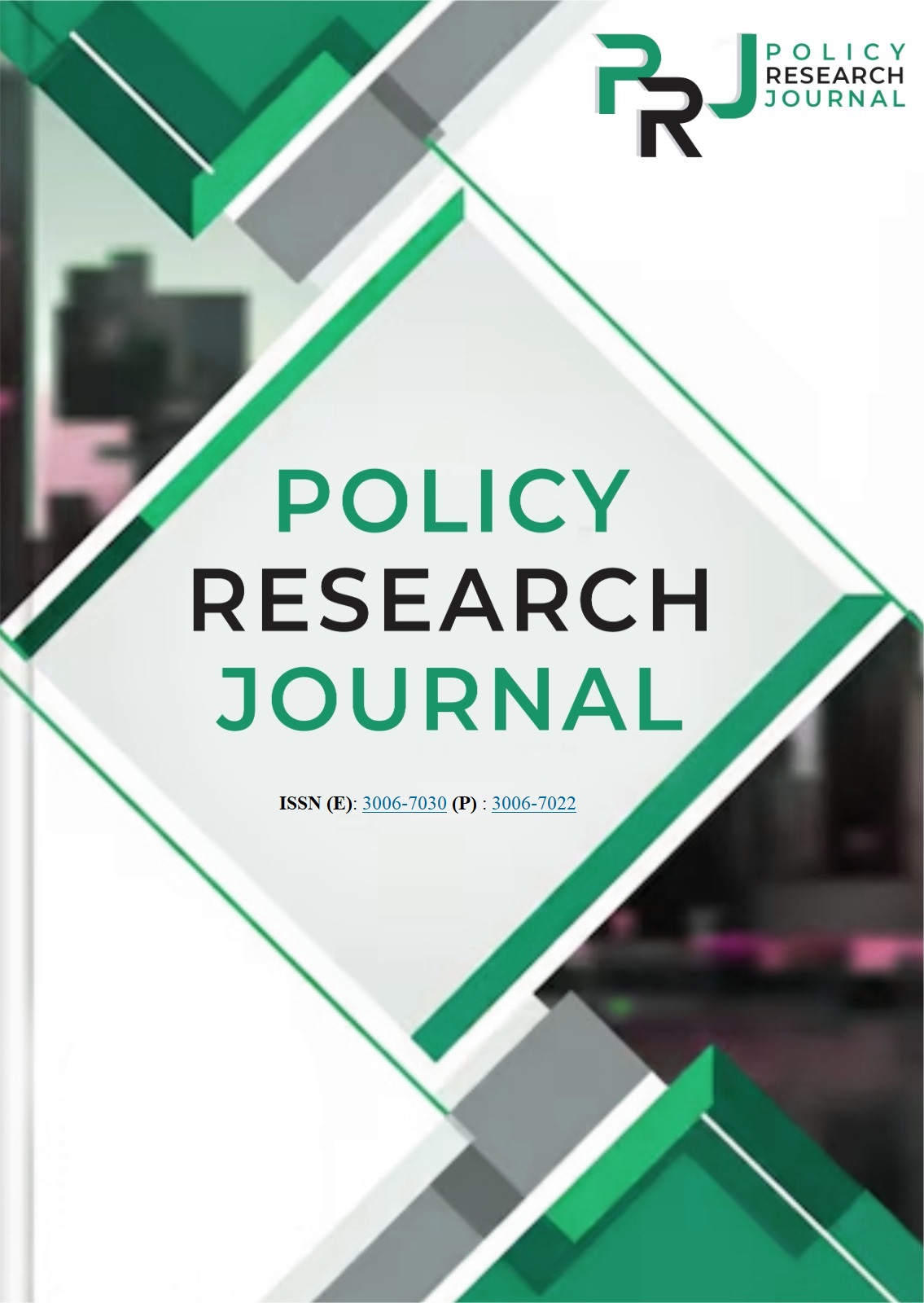THE REPRESENTATION OF POLITICAL DISSIDENTS AS “THE OTHER” IN MOHAMMAD RASOULOF'S FILMS
Keywords:
Iranian Films, Symbolic Analysis, Representation of the other, political dissidentsAbstract
This study examines the symbolic representation of political dissidents as “the Other” in Mohammad Rasoulof’s There Is No Evil (2020) and The Seed of the Sacred Fig (2024), using Pierre Bourdieu’s theory of symbolic violence and Roland Barthes’ visual semiotics. Through a qualitative symbolic analysis of visual elements, including cinematography, mise-en-scène, spatial positioning, and body language, the research explores how Rasoulof constructs dissidents as marginal figures within authoritarian regimes. The analysis reveals that both films deploy images of confinement, silence, and aesthetic fragmentation to depict dissidents’ internalized repression and systemic exclusion. Mechanisms of state power are embedded in domestic and institutional settings, while resistance is articulated through symbolic acts of defiance, affective gestures, and narrative ruptures. The study also unfolds how dissidence intersects with gender, class, and religious othering, with specific emphasis on the regulation of female bodies and economic pressure. Findings suggest that Rasoulof’s films do not merely critique power through narrative, but encode dissent within visual form itself. This research contributes to media scholars on cinema and resistance and holds particular relevance for Pakistani film students navigating visual storytelling in politically sensitive contexts.

















